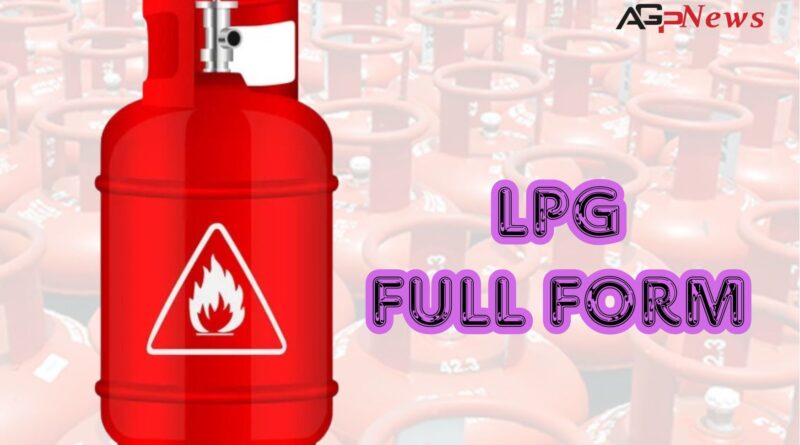LPG Full Form: What is LPG?
LPG Full Form: LPG, or liquefied petroleum gas, is widely recognized as a clean-burning fuel stored in cylinders with capacities ranging from 10 to 80 liters. These cylinders are ideal for energy consumption due to their cleaner and greener nature compared to other energy sources. Although LPG has a shorter lifespan than some other fuels, it is highly dependable for energy generation. Primarily used as an energy source, LPG is derived from hydrocarbon fuels such as coal or natural gas.
LPG Full Form: Types of LPG
LPG is available in various forms and strengths in the market. One notable type is dual fuel LPG, which is supplied by two different LPG producers. The specific number of cylinders consumed is typically specified in the LPG agreement.
LPG Full Form: Why Use LPG?
LPG is extensively used for fuel and cooking purposes, making it the most commonly consumed fuel globally. Approximately 150 million households use LPG regularly. In colder countries like Australia and China, it serves as a home heating fuel. In the Middle East, LPG powers gas-powered trucks. Developed countries like the USA and UK also use it as a fuel source. The price of LPG varies based on the number or weight of cylinders; lighter cylinders are cheaper, while larger ones cost more. The fuel quality also affects LPG’s merit. LPG Full Form
LPG Safety Concerns
According to the International Council on Clean Transportation, air pollution causes 1.4 million deaths annually. The safety of LPG was a significant issue during the Gujarat Assembly Elections in October 2017, when an LPG cylinder explosion in Ujjain resulted in 18 deaths and 28 injuries. This incident highlighted the importance of LPG safety regulations. LPG Full Form
LPG Safety Regulations in India
Many LPG cylinders in India do not meet the safety standards set by the Indian Standards Authority of India (ISAI). Currently, there are around 20 lakh LPG vehicles in India, and transport authorities inspect each LPG-powered vehicle in every state to ensure compliance with safety regulations.
Storage and Handling of LPG
While commonly used for cooking, LPG is also an energy source for household appliances and motor vehicles. It is stored in cylinders, which release LPG for use once the pressure builds up. After using an LPG cylinder, it is essential to expel any condensation formed outside the cylinder due to heating. Typically, LPG is delivered to households by gas companies at a cost of Rs 60-100. The LPG dealer provides the cylinder and instructs users to refill it from a gas stove. Monthly refills are necessary, and extra costs depend on the number of cylinders. LPG Full Form
Health Precautions When Using LPG
LPG is highly flammable and explosive, necessitating certain health precautions. Safety measures include wearing gas safety glasses during storage and use, placing fire extinguishers nearby, and ensuring cylinders have at least one safety valve. Proper venting in sealed cylinders is crucial to prevent leakage.
How to Store LPG
Avoid storing LPG in open areas due to its flammability. Ensuring safe storage reduces the risk of fires caused by gas cylinders. LPG Full Form
Conclusion
LPG (LPG Full Form) should not be considered dangerous if handled properly. It is available in the electricity market with safety measures in place. Proper storage prevents harmful chemical fumes. LPG is also used to produce products like paraffin and asphalt. For safe and clean use, purchase LPG cylinders from reliable sources and follow safety guidelines. LPG is widely used for cooking, heating water, and more, making it a versatile and essential energy source.




